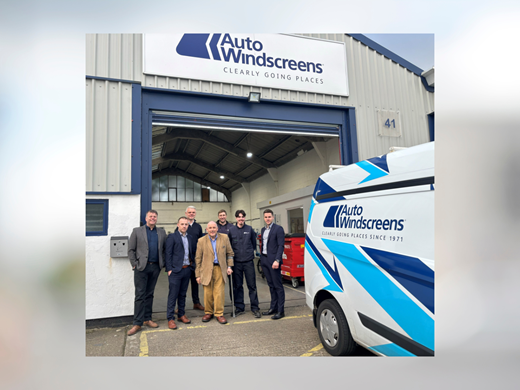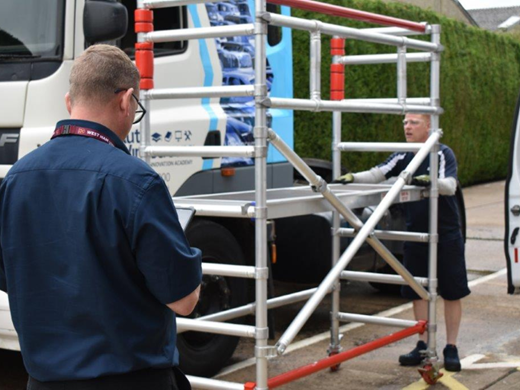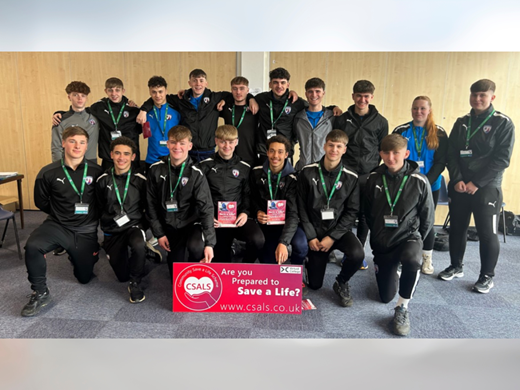A ‘classic’ windscreen repair
Tuesday, 15 Mar 2016

It’s not just modern cars that Auto Windscreens’ technicians work on; we recently had this beautiful yellow 1934 Austin Heavy 12 in for a windscreen replacement.
It’s not just modern cars that Auto Windscreens’ technicians work on; we recently had this beautiful yellow 1934 Austin Heavy 12 in for a windscreen replacement. The classic vehicle had a long crack in the glass and water rather inconveniently poured in when it rained.
As the years take their toll, leaks can be common in older cars as glazing rubbers perish and deteriorate. Delamination is also rife in models of this age, where the glass separates from the interlayer causing a cloudy, almost milky effect.
While much of the same fitting protocol is used to replace glass on a classic motor as a newer vehicle, there are extra considerations. Auto Windscreens’ Technical & Innovation Manager Tony Green explains:
“It’s always exciting for us to work on classic cars like this one but they come with their own set of challenges and more time, and dare I say patience, is often needed to complete a replacement. In this instance, we had to be careful when removing the chrome frame, checking the screws were not rusted in or rounded off. They had seized and needed lubrication spray to aid their removal. The glazing rubbers and outer seals attached to the chromes had also perished.”
The wiper motor on Austin Heavy 12s are incorporated into the windscreen frame, meaning disconnection is also needed as part of the glass removal process.
Preparing the glass
Rather than being supplied with glass of the right size, as with newer vehicle models owing to mass manufacture, Auto Windscreens’ team had to cut the new windscreen to shape from a large piece of quality flat laminated glass with an interlayer of 0.76mm, in-line with the British standards for flat or curved safety glass for use in land vehicles.
Tony added: “Cutting the glass pattern took the most amount of time, as we needed to ensure it was identical to the chrome frame that fits into the aperture of the vehicle. It also required some shaping around the screws and hinge brackets, and the wiper motor.
“If the new windscreen measurements were even just one millimetre out we would have been forced to start from scratch, cutting a fresh piece of glass.”
Fitting the windscreen
Most cars nowadays use a direct glazing system, where the windscreen is bonded to the vehicle shell using primers and urethane, contributing to the strength of the body shell and working with various safety systems. This technology did not come to Europe until 1976, first used on an Audi 100. The Austin, like many vehicles pre-2000, required rubber fitments.
“Fitting the new windscreen into the old chrome frame with new rubbers was tricky and needed plenty of lubrication, skill and patience,” said Tony. “Once eased into place, we reattached the frame to the body. With this model the chrome frame can be opened up at the bottom for ventilation using a latch – essentially old fashioned air-conditioning. We had to be mindful of this and again ensure a precise fit. Too much pressure on one side and we could have ended up back at stage one of the fit.”
Tony concluded: “The new screen really does make a big difference to the appearance of this car and we are really pleased with how it turned out. It’s great that we are able to keep older replacements techniques alive by working with vintage and classic car owners on such restoration projects.”
Owner’s thoughts
“The new windscreen has transformed my Austin, known as ‘Elliot’; I’m thrilled with it. I knew it would not be a straight forward replacement but it needed to be done before the wedding season approaches – I hire out the car. Auto Windscreens did a great job and even polished the chrome frame, which was an unexpected surprise,” remarked Carolyn Cotterell, a classic car and bike enthusiast from Derbyshire.
If you have a classic or vintage vehicle in need of glass repair, Auto Windscreens always advises you take it to a specialist that will have the skills, experience, time and patience needed to repair it properly.


